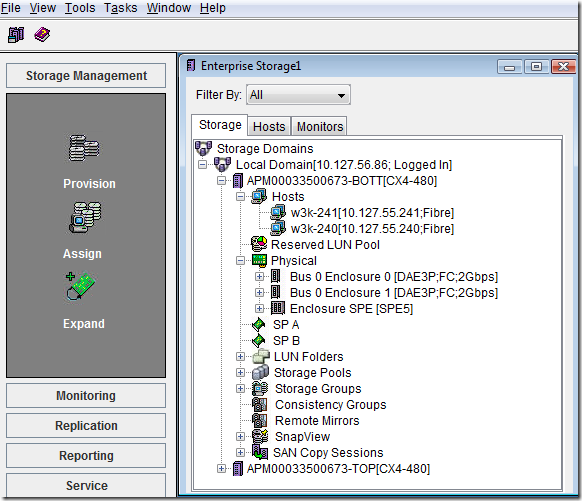many web sites export tabular information from grids/tables into 'Excel' format. the file is not a true Excel format and actually contains X/HTML. if the file is opened in Excel 2007 you may get a prompt that the file is in a different format than specified by the file extension.
If you regularly work with files like this, there is a way to disable this prompt, add a DWORD key called ExtensionHardening with value 0 to
HKEY_CURRENT_USER\Software\Microsoft\Office\12.0\Excel\Security
If you regularly work with files like this, there is a way to disable this prompt, add a DWORD key called ExtensionHardening with value 0 to
HKEY_CURRENT_USER\Software\Microsoft\Office\12.0\Excel\Security






